Annual inflation PLUNGED in March according to the Bureau of Labor Statistics CPI report released on April 12th.
Monthly inflation was 0.33% for March 2023, compared to 1.34% in March 2022. This resulted in a 1% drop in Annual inflation.
But despite the significant drop in inflation, the stock market did not rally. Instead, the NYSE lost a few points, and the NASDAQ lost just over 100 points.
March 2023 Inflation Summary:
- Annual Inflation fell from 6.04% to 4.98%
- CPI Index rose from 300.840 to 301.836
- Monthly Inflation for March was 0.33%
- Next release May 10th, 2023
| Jan | Feb | Mar | Apr | May | June | July | Aug | Sep | Oct | Nov | Dec | |
| 2022 | 7.48% | 7.87% | 8.54% | 8.26% | 8.58% | 9.06% | 8.52% | 8.26% | 8.20% | 7.75% | 7.11% | 6.45% |
| 2023 | 6.41% | 6.04% | 4.98% |
Experts Confounded
March may have been a surprise for the experts, but not for our readers. Media headlines were saying that “Economists expected March CPI to rise by 0.2%” and “Inflation rises 5% in March, less than expected”, we, however, were expecting a sharp fall in annual inflation. Inflation came in only slightly below our “Extreme Low Projection”.
See this month’s full MIP Chart and commentary here.
It is important to remember that even if the inflation RATE is falling… prices are still going up, i.e., prices are almost 5% higher than they were a year ago. At 5% annual inflation, prices will double in roughly 14.4 years.
BLS Commentary:
The BLS Commissioner reported: “The Consumer Price Index for All Urban Consumers (CPI-U) rose 0.1 percent in March on a seasonally adjusted basis, after increasing 0.4 percent in February, the U.S. Bureau of Labor Statistics reported today. Over the last 12 months, the all items index increased 5.0 percent before seasonal adjustment.
The index for shelter was by far the largest contributor to the monthly all items increase. This more than offset a decline in the energy index, which decreased 3.5 percent over the month as all major energy component indexes declined. The food index was unchanged in March with the food at home index falling 0.3 percent.”
On an annual (non-adjusted) basis, inflation fell over one percent from 6.04% to 4.98%.
The reason the Commissioner blames rising shelter costs is that they make up a fairly significant portion of the total CPI. They comprise 34.413% of the total index. Of that, roughly 4% is due to household energy usage, so had energy prices not declined, shelter costs would be even higher.
To see the entire percentage breakdown of the CPI go here.
The following table shows both the good (green) and bad (red) components of the March monthly data. On an annual basis, shelter is up 8.2%. Food is up 8.5% (it makes up a little over 13.5% of the CPI total).
But on a monthly basis, there were several other components that were up just as much as shelter, including Medical Care Commodities, and Food away from home. Transportation Services was up even more than Shelter, but these other components make up a much smaller portion of the total package, so they carry less weight. Energy was DOWN significantly (although that may change for April with OPEC curtailing supply).
BLS March Inflation Components:
The following chart shows the CPI vs. the CPI excluding Food and Energy. Of course, food and energy are major components of what Consumers spend each month. But they are also affected most by outside factors like weather and OPEC. So, comparing the two indexes can give us some insight to where the inflation is coming from.
The gap between the two shows how much food and energy are contributing toward overall inflation. This month rather than food and energy adding to the overall inflation rate, they are actually reducing the overall rate, i.e., the blue line (including food and energy) is below the red line (without food and energy). That is because energy prices are currently -6.4% i.e., below year-ago rates. But that may change shortly as OPEC is curtailing production.
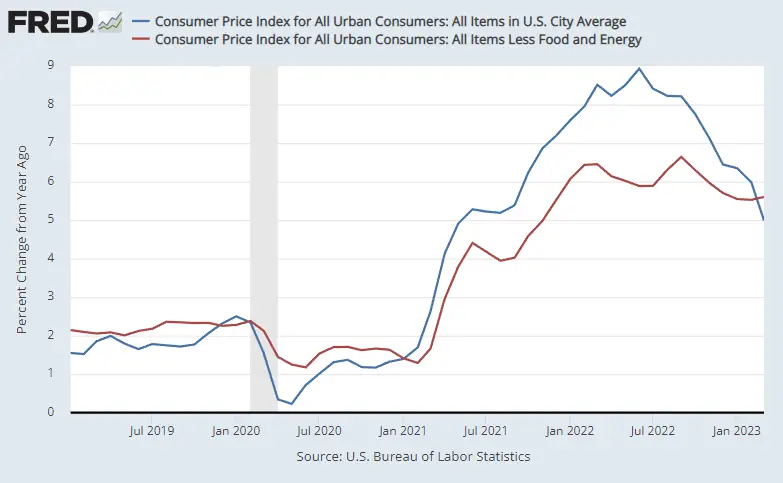 Source: St. Louis FED
Source: St. Louis FED
One reason energy prices are down is that the government has been flooding the market with cheap oil by depleting our strategic petroleum reserves. But at some point, they are going to have to replace those reserves (perhaps at much higher prices). Note: Reserves would have started at much higher levels had Democrats not refused Trump’s request to increase reserves when oil was cheap.
In this chart from the U.S. EIA, we can see the extent of the recent strategic petroleum reserve drawdown compared to those of Desert Storm, various hurricanes, and other supply disruptions. The recent draw-down dwarfs all of the others combined. Unfortunately, the E.I.A. is always a couple of months behind in updating its chart. As of January, the SPR was down -43% from 2020 levels which was already below 2010 levels.
Inflation Chart since 1989
FED Actions
The FED has been reducing “FED Assets” in an effort to fight inflation for almost a year now. But then the Banking crisis broke out in California and the FED wiped out much of their progress in a single week.
See the more commentary on FED Actions here, here, and here.
Monthly Inflation Compared to Previous Years:
In the chart below, we can see how the monthly inflation compares between 2019 (light green), 2020 (light blue), 2021 (pink), 2022 (red), and 2023 (orange). We can see that virtually every month in 2021 was above the corresponding month in 2020, but in 2022, April and July-December were below 2021’s level.
In 2023 so far, January was slightly lower than January 2022, February was considerably lower than in 2022, and March was massively lower than 2022.
Not Seasonally Adjusted Monthly Inflation Rates
Note: January 2022’s 0.84% was the highest January since 1990. June was the highest June since 1941 (although the first quarter of 1980 had some higher rates). Typically, June is the beginning of lower monthly rates.
| Jan | Feb | Mar | Apr | May | Jun | Jul | Aug | Sep | Oct | Nov | Dec | |
| 2016 | 0.17% | 0.08% | 0.43% | 0.47% | 0.41% | 0.33% | (0.16%) | 0.09% | 0.24% | 0.12% | (0.16%) | 0.03% |
| 2017 | 0.58% | 0.31% | 0.08% | 0.30% | 0.09% | 0.09% | (0.07%) | 0.30% | 0.53% | (0.06%) | 0.002% | (0.06%) |
| 2018 | 0.54% | 0.45% | 0.23% | 0.40% | 0.42% | 0.16% | 0.01% | 0.06% | 0.12% | 0.18% | (0.33%) | (0.32%) |
| 2019 | 0.19% | 0.42% | 0.56% | 0.53% | 0.21% | 0.02% | 0.17% | (0.01%) | 0.08% | 0.23% | (0.05%) | (0.09%) |
| 2020 | 0.39% | 0.27% | (0.22%) | (0.67%) | 0.002% | 0.55% | 0.51% | 0.32% | 0.14% | 0.04% | (0.06%) | 0.09% |
| 2021 | 0.43% | 0.55% | 0.71% | 0.82% | 0.80% | 0.93% | 0.48% | 0.21% | 0.27% | 0.83% | 0.49% | 0.31% |
| 2022 | 0.84% | 0.91% | 1.34% | 0.56% | 1.10% | 1.37% | (0.01%) | (0.04%) | 0.22% | 0.41% | (0.10%) | (0.34%) |
| 2023 | 0.80% | 0.56% | 0.33% |
See: Monthly Inflation Rate for more information and a complete table of Unadjusted Monthly Rates.
Misery Index
Unemployment and Inflation were both down, bringing the Misery Index down to 8.48%.
[Read More on the Misery Index…]
Stock Market- Was January’s ROC signal a False Buy Signal?
This month the NYSE ROC chart is actually up 5.88% on the month but still down -6.75% over the last 12 months. So, was it a false buy?
Possibly, but it could also be a good buying opportunity. The best buys come when your gut is telling you to sell or at least be cautious. But buying at that point is extremely tricky to do. That is why we advised a scheduled phase-in plan to get back in the market rather than dumping all your money back in immediately. If you have it automated to reinvest a portion of your funds each month, you take the emotion out of the equation and can take advantage of “dollar cost averaging”.
At this point, the market is still giving off mixed signals but the NYSE ROC is still above its moving average (barely). A couple of days ago, we published the article The Bullish and Bearish Cases in the Market outlining the mixed signals that the market is generating.
For more information, see NYSE Rate of Change (ROC) and NASDAQ ROC Chart.
You Might Also Like:
From InflationData.com
- The 3 Major Causes of Bank Problems
- Central Banks Respond Differently to the Banking Crisis
- Stock Market Ignores Lower Inflation in February
- How Loose Monetary Policies Cause Recessions
From Financial Trend Forecaster
- NYSE ROC Chart
- NASDAQ ROC Chart
- The Bullish and Bearish Cases in the Market
- Stock Market Outlook – March 24, 2023
- More Cracks in U.S. Dollar Dominance
- Do “Red States” Ride the “Blue State” Gravy Train?
- Has the Stock Market Turned Positive?
From UnemploymentData.com.
- March: Full Employment?
- 5 Must-Know Tips for Optimizing Your Job Search
- Why Becoming a Flooring Installer is a Stable Career Path
- Strategies for Conquering Job Search Frustration
From Elliott Wave University
- Silicon Valley Bank, Silvergate and “The Everything Bust”
- Bull Trap or Market Consolidation?
- 60% stocks, 40% bonds? Ha!
- U.S. Dollar: Has the Mainstream Been Way Too Confident?
- Banks Are Becoming More Cautious About Lending
From OptioMoney
- Top Personal Finance Apps of 2023
- How to Deal with Financially Irresponsible Family Members
- How to Financially Prepare for a Baby
- 6 Ways to Cope with Bad Financial Decisions
- Simple Ways to Save Money When Shopping Online
From Your Family Finances
- What You Need to Know About Home Mortgages
- How to Save Money When Moving Abroad
- 5 Different Approaches to Buying a Car
- 5 Tips for Qualifying for an Investment Property Mortgage
- Financial Preparation for a New Baby

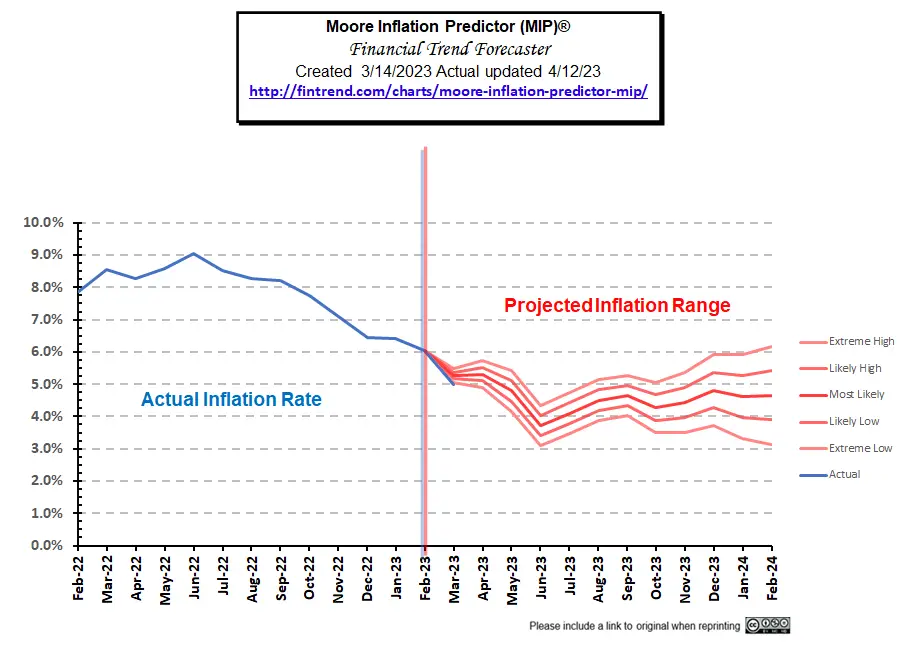
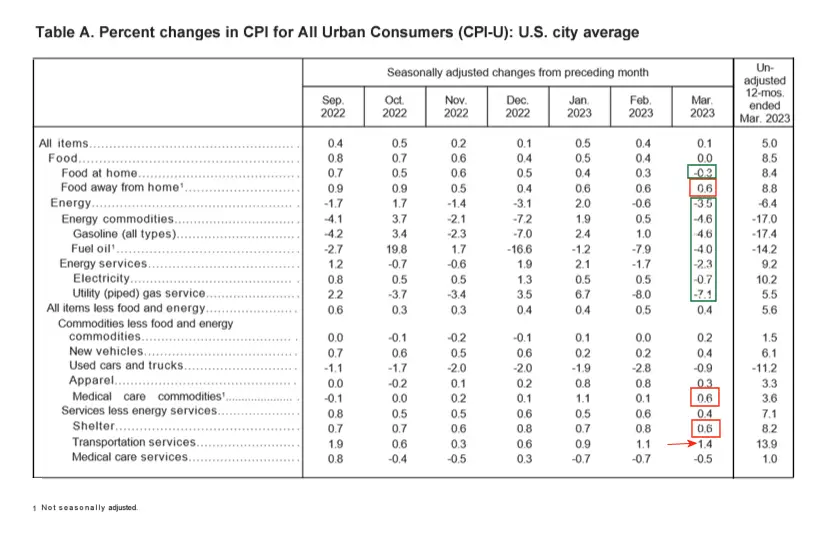
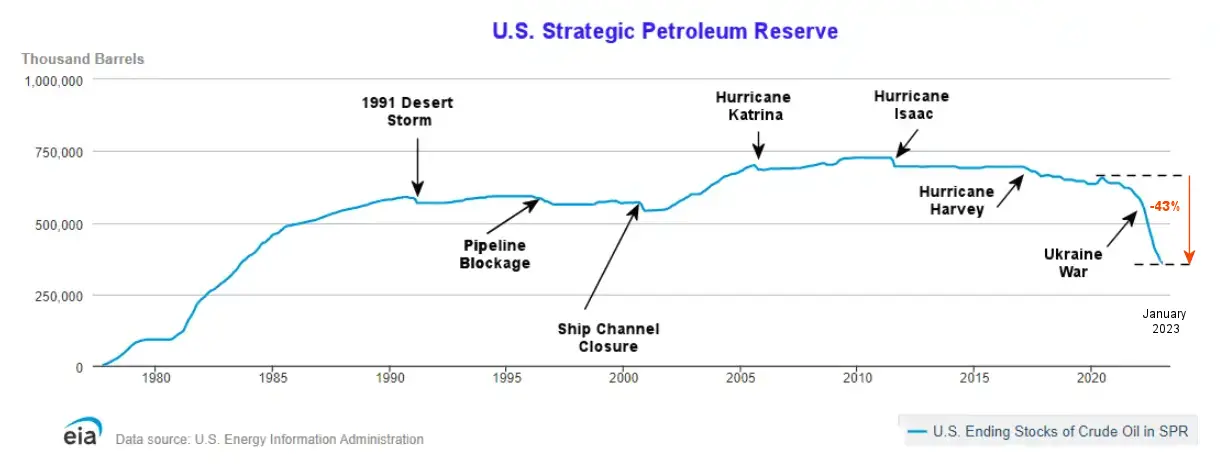
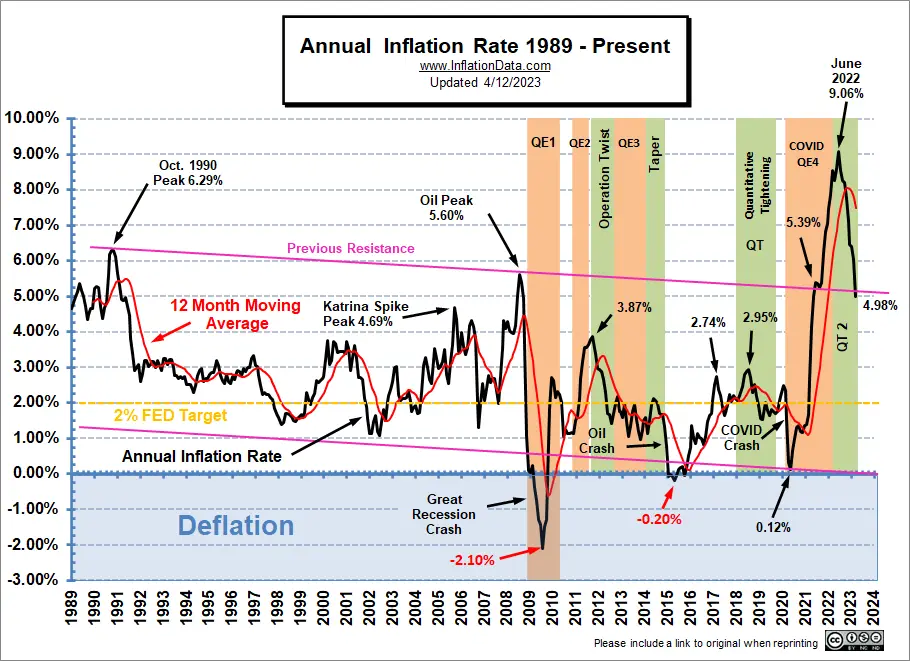
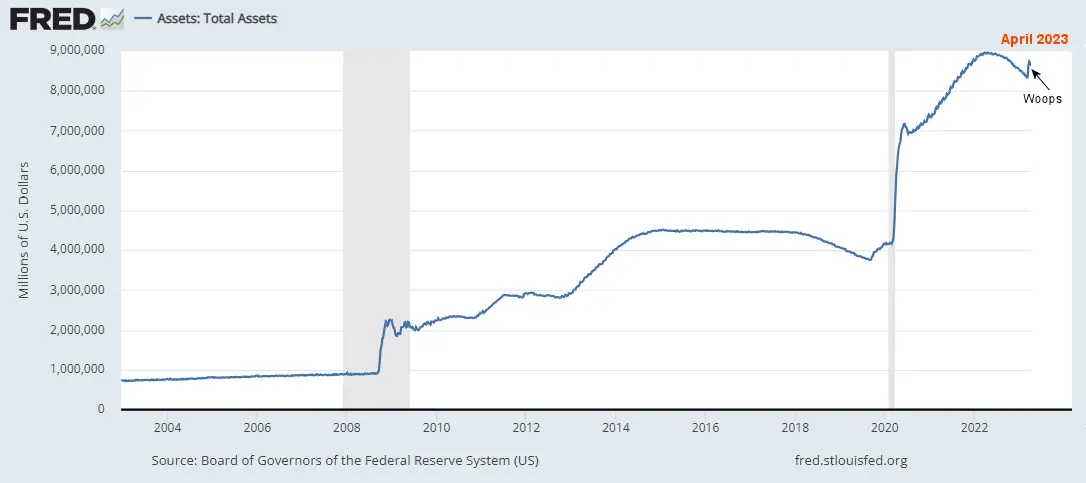
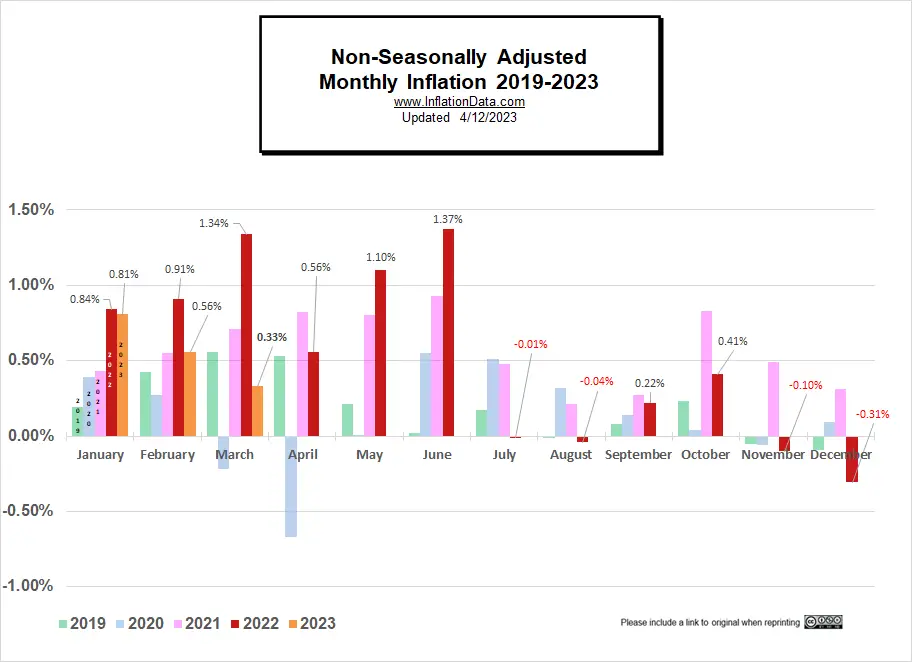
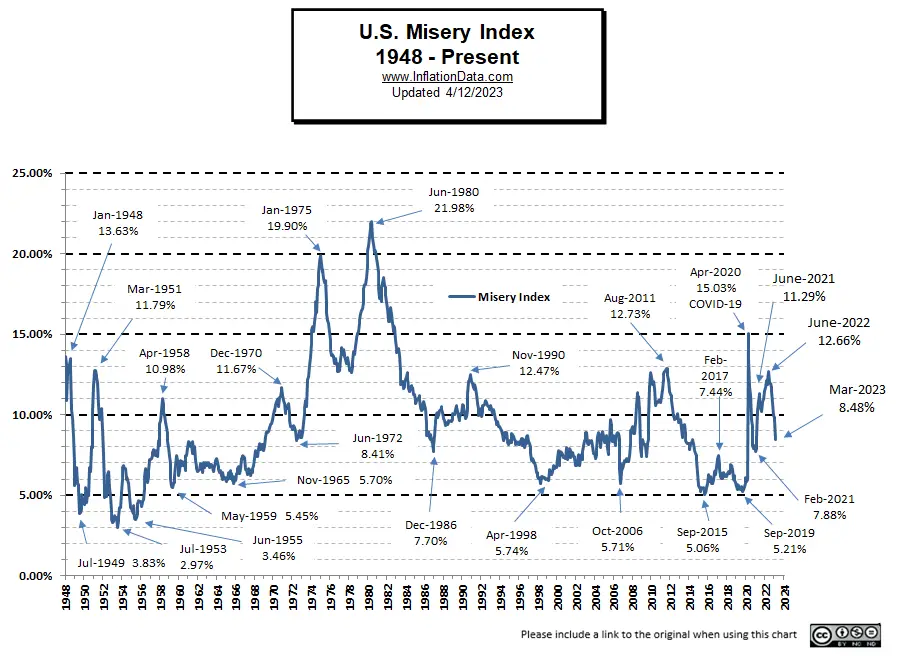
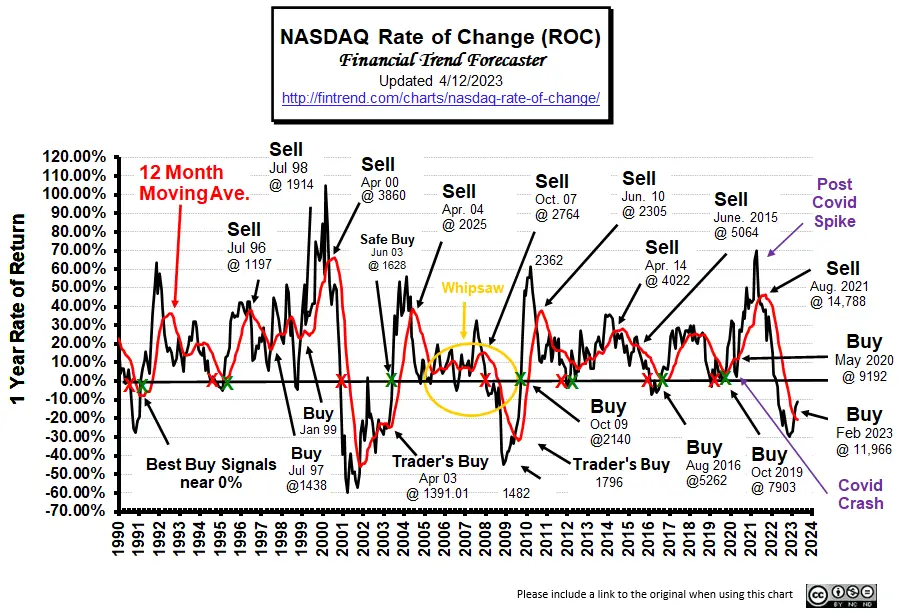

Leave a Reply